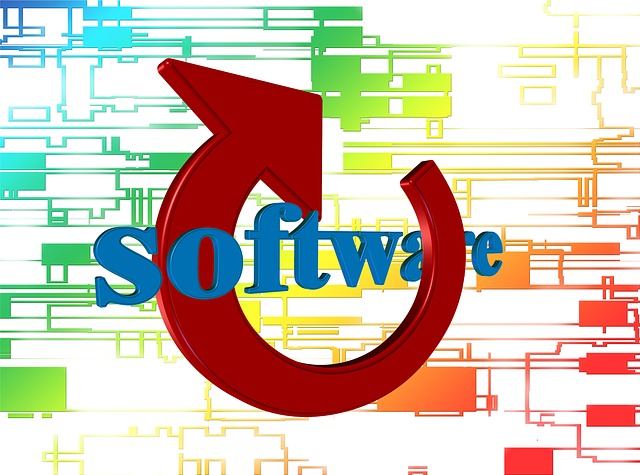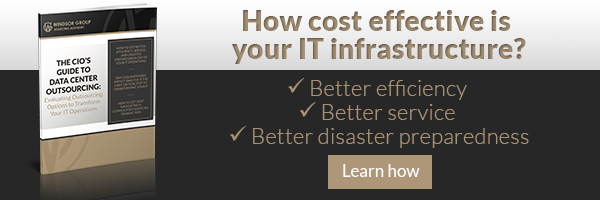 The latest -- and some say the greatest -- development in IT is the software-defined data center, or SDDC, a concept that was introduced in 2012. In an SDDC, networking, storage, CPU and security are all virtualized and delivered together as a service. A single software package provisions and operates the data center, resulting in unprecedented agility and flexibility.
The latest -- and some say the greatest -- development in IT is the software-defined data center, or SDDC, a concept that was introduced in 2012. In an SDDC, networking, storage, CPU and security are all virtualized and delivered together as a service. A single software package provisions and operates the data center, resulting in unprecedented agility and flexibility.
It can be faster, easier and less costly to configure and manage a software-defined data center, compared to traditional physical infrastructure. And an SDDC enables varying cloud-based services to be integrated and delivered more efficiently. That supports enterprise-specific hybridization with no loss of efficiency, control or options.
Out with the old…
Instead of hardware-tethered legacy systems that reside in one or more physical locations, software-defined data centers combine and arrange computing resources such that everything is fully interconnected, always available and easily accessible. Control is separated from hardware and the software-based controller manages the system.
Across-the-board virtualization is the key, because it enables creation of an entirely new type of IT infrastructure environment in which all data center components are truly unified.
It’s that networking component that has been the barrier to implementing software-defined data center configuration up till now. But major developers such as VMware are working together on technology that will enable virtual networks to be provisioned, extended and relocated quickly and easily, in much the same way virtual servers can now be created and migrated.
Who cares?
The vision is that companies will be able to provision a software-defined data center configured to match their unique resource requirements detail for detail. You can expect to achieve benefits such as:
- Significantly greater efficiencies at a lower cost, because automated and virtualized IT services allow more productive deployment of all resources, including humans.
- Super-fast application provisioning, because resource levels automatically adjust as necessary.
- Application-sensitive availability and security, because security and business continuity automation are geared to ensure maximum uptime and control over resource access usage.
- Ability to run existing and newly introduced applications across multiple clouds and platforms, delivered services to any mobile or stationary device, anywhere.
Because SDDCs are essentially a private cloud, they offer more control than hosted data scenarios. You get on-demand access, greater flexibility, and you get to decide what level of security you need rather being than leaving that to your cloud provider.
With full virtualization, you can integrate and improve automation, policy-based provisioning, disaster recovery, applications and management of “data center” operations. Implementing an SDDC may even obviate or greatly reduce your need for servers or other hardware, allowing substantial energy and cost savings.
Are you ready to embrace the software-defined data center?
Every enterprise today needs to achieve maximum business functionality -- greater ability to control and optimize costs, greater agility to meet predictable fluctuations and unforeseen changes in demand or direction, increased efficiency and productivity.
SDDCs may represent the future of IT infrastructure, but they aren’t here quite yet. At least not for most enterprises. Among other things, industry experts point to the fact that there are currently disparate standards – VXLAN and NVGRE – that relate to network virtualization. Before virtual data centers can be widely adopted, there will have to be a synthesized set of standards.
Nonetheless, companies that expect to stay on the leading edge in their industry are starting to think about what a fully automated data center could mean to them. That requires a new way of looking at your IT needs and structure.
And if you’re one of the many large global enterprises that still rely on mainframes, don’t jettison them just yet. Industry experts predict the transformation from legacy architecture to total virtualization is likely to take at least a decade.


